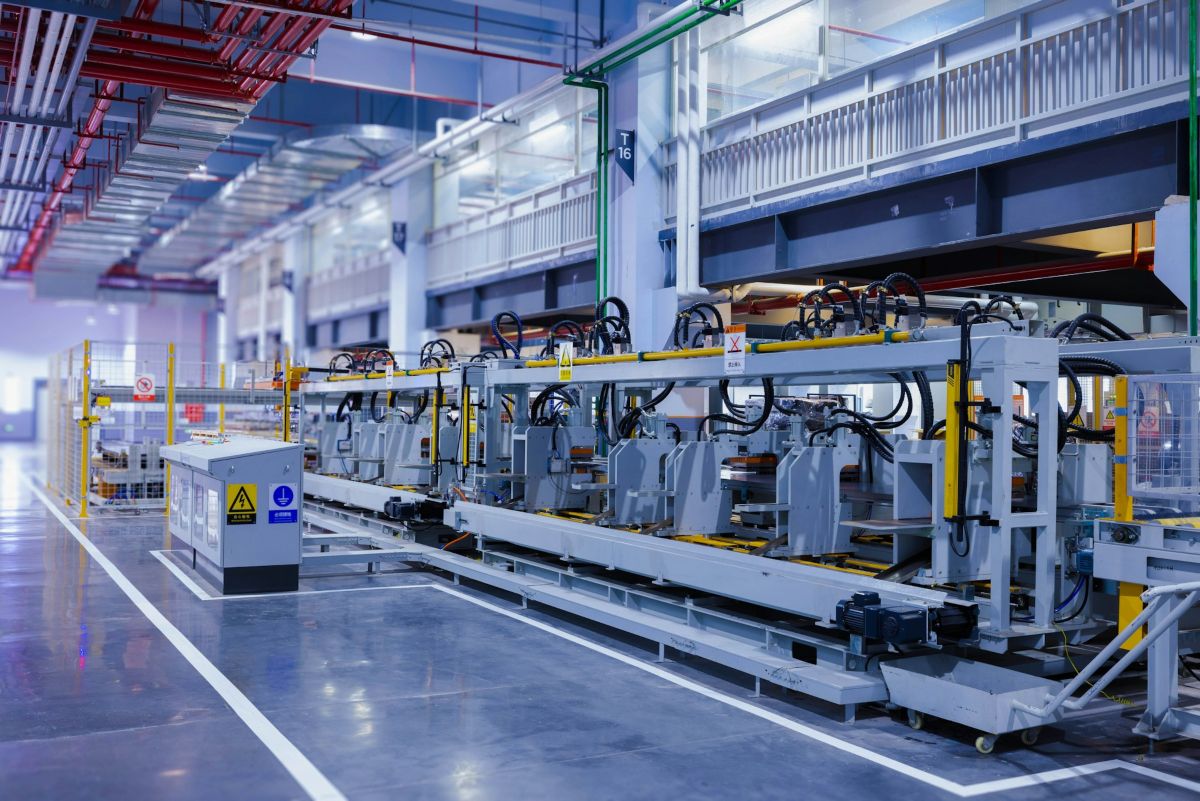Why people make the place
Conversations about leadership these days almost always use the recent pandemic as a reference point. While we all might want to put the pandemic behind us, it would be a mistake to miss the most important lesson we learned during that time about leading a workplace: gratitude. For many years we framed employee engagement as an output conversation—how could we inspire staff to meet their goals and contribute to our work culture? The intersection of pent-up demand and a shrinking labor pool led to a shift to a more holistic conversation about work as one facet of an individual employee’s entire life. The new question became: How can we create a good match for our people so they’re thriving at work and in the rest of their lives? Now we see the workplace, whether virtual or bricks and mortar, as a place where the whole person can arrive and blossom. It is a welcoming environment in which our team members can connect and collaborate, and we’ve reframed “work” as something leadership approaches with a spirit of gratitude for their commitment. The new workplace must continue to evolve as a more generous place for all, where we can feel like we’re growing as we contribute to something worthwhile. A readiness to be thankful to our employees inspires us to create a workplace where everyone can contribute best. Avoid the monoculture My firm, MG2, is not a monoculture. We are a blend of architects, designers, strategists, and support staff—so creating a place where all these individuals can thrive requires our focused attention. Our employees represent a diverse group of communities and passions that define who we are as a company and inform how we change and evolve. It’s a culture that celebrates diversity, that supports mutual respect, critical thinking, and creative contribution. Only a spirit of gratitude can foster a welcoming atmosphere in which to work, and a readiness to help our people accomplish their goals as teams and individuals. Building such an environment requires companies to be intentional. Careful cultivation of our work culture must be baked into the company itself, not just observed as a byproduct of responsible management. At MG2, we constantly revisit the effectiveness of our approach and engage our people to make sure we are listening and responding to their needs as individuals who belong to our community. Our community—as any community should be—is nothing if not intentional. It’s the connective tissue for a collective purpose. Intentional workplace cultures, like the kind we have at MG2, like a healthy garden, flourish with constant attention. Mitch Smith, AIA is the CEO and chairman of the global architecture and design firm MG2.

Conversations about leadership these days almost always use the recent pandemic as a reference point. While we all might want to put the pandemic behind us, it would be a mistake to miss the most important lesson we learned during that time about leading a workplace: gratitude.
For many years we framed employee engagement as an output conversation—how could we inspire staff to meet their goals and contribute to our work culture? The intersection of pent-up demand and a shrinking labor pool led to a shift to a more holistic conversation about work as one facet of an individual employee’s entire life. The new question became: How can we create a good match for our people so they’re thriving at work and in the rest of their lives?
Now we see the workplace, whether virtual or bricks and mortar, as a place where the whole person can arrive and blossom. It is a welcoming environment in which our team members can connect and collaborate, and we’ve reframed “work” as something leadership approaches with a spirit of gratitude for their commitment. The new workplace must continue to evolve as a more generous place for all, where we can feel like we’re growing as we contribute to something worthwhile. A readiness to be thankful to our employees inspires us to create a workplace where everyone can contribute best.
Avoid the monoculture
My firm, MG2, is not a monoculture. We are a blend of architects, designers, strategists, and support staff—so creating a place where all these individuals can thrive requires our focused attention. Our employees represent a diverse group of communities and passions that define who we are as a company and inform how we change and evolve. It’s a culture that celebrates diversity, that supports mutual respect, critical thinking, and creative contribution. Only a spirit of gratitude can foster a welcoming atmosphere in which to work, and a readiness to help our people accomplish their goals as teams and individuals.
Building such an environment requires companies to be intentional. Careful cultivation of our work culture must be baked into the company itself, not just observed as a byproduct of responsible management. At MG2, we constantly revisit the effectiveness of our approach and engage our people to make sure we are listening and responding to their needs as individuals who belong to our community.
Our community—as any community should be—is nothing if not intentional. It’s the connective tissue for a collective purpose. Intentional workplace cultures, like the kind we have at MG2, like a healthy garden, flourish with constant attention.
Mitch Smith, AIA is the CEO and chairman of the global architecture and design firm MG2.






















